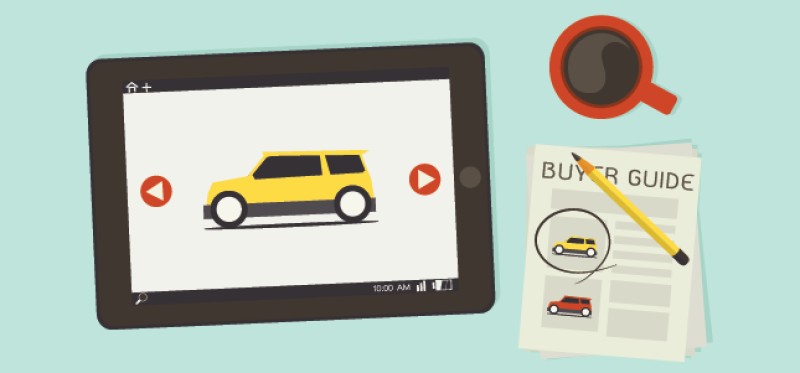When Uber and Lyft debuted on the scene, taxi companies didn’t worry because they had laws on their side about who can provide car services. Until they didn’t.
And when PayPal, Venmo and others began offering banking activities on the go, the financial industry laughed, citing regulations and the complexity of the industry as reasons not to worry. They’re not laughing anymore.
Each of these examples illustrates how consumer expectations have the power to disrupt traditional business practices and sometimes even influence legislation to take friction out of the customer experience and expand competition.
You might hear car dealers and automakers explain laws preventing direct-to-consumer sales as their defense to Tesla and others bypassing the dealer middleman. How long do you think that will last? The used car market is already being disrupted, as companies like Vroom and Carvana let buyers skip the dealership and deliver cars directly to their driveways. Oh and by the way, Vroom just announced $50 million in new funding last month, bringing its total funding to $200 million. Carvana isn’t far behind with $160 million. It’s only a matter of time before the model reaches new cars.
There’s no going back: Shoppers simply shop differently than they did before. According to Autotrader, car buyers spent an average of 12.5 hours shopping online in 2015. Millennials, the fastest growing car buying segment, visit an average of 25 sites before even stepping into a dealership, says Automotive News. And 75 percent of all drivers say they would consider conducting the entire car-buying process online, according to Accenture. Panoramic images and video, third-party ratings & reviews, and recommendations from their social networks help buyers make a decision without ever opening a vehicle door. The dealership is their last stop because it’s obligatory at the moment to buy a new car. If they could, most would skip the step completely.
This notion flips the industry on its head. The security of the current model isn’t so secure anymore.
Now, the product is just the beginning. A stylish vehicle is important, but flashy product advertising, features, and brands aren’t enough. The battle for customer acquisition is a digital one, with search engine optimization and advanced customer analytics as weapons of choice to engage customers earlier in their buying journey. Once they become customers, superior customer service, proactive outreach, and personalization create customer satisfaction and retention that fuels positive word of mouth and recommendations.
Relationships matter. Engagement matters. Customer insight matters.
The problem is that car companies and their contemporaries aren’t set up to manage such disruption. In fact, many actively work against consumers’ best interests. Think Volkswagen’s emissions fraud, GM’s ignition switches, or Takata’s airbags.
Even well-intentioned auto companies are removed from the consumer, and don’t have the structures in place to meet changing customer expectations. Dealers, meanwhile, tend to focus on moving metal, not building engaging relationships.
This is why it’s critical to partner with customer experience experts on this journey. They can apply customer lessons learned from other industries, as well as help develop a future customer vision for the industry and your customers.
It’s a scary time for the auto industry, as OEMs and dealers desperately try to anticipate car buyers’ needs for the future. But it’s also a time of great opportunity. The standout companies will lead with digital customer engagement and superior customer experiences in all channels. The others will do what they can to resist change, then lament about how things used to be after they’ve been left behind. Remember Oldsmobile, Scion, Hummer, Plymouth, Pontiac, Saturn, Saab, and Mercury? Don’t add your name to list.
Like this post? Subscribe to our customer experience blog.
Also, check out the most recent issue of our monthly customer experience eNewsletter, Dialogue.
Automakers Must Understand and Implement Customer Experience Changes
















